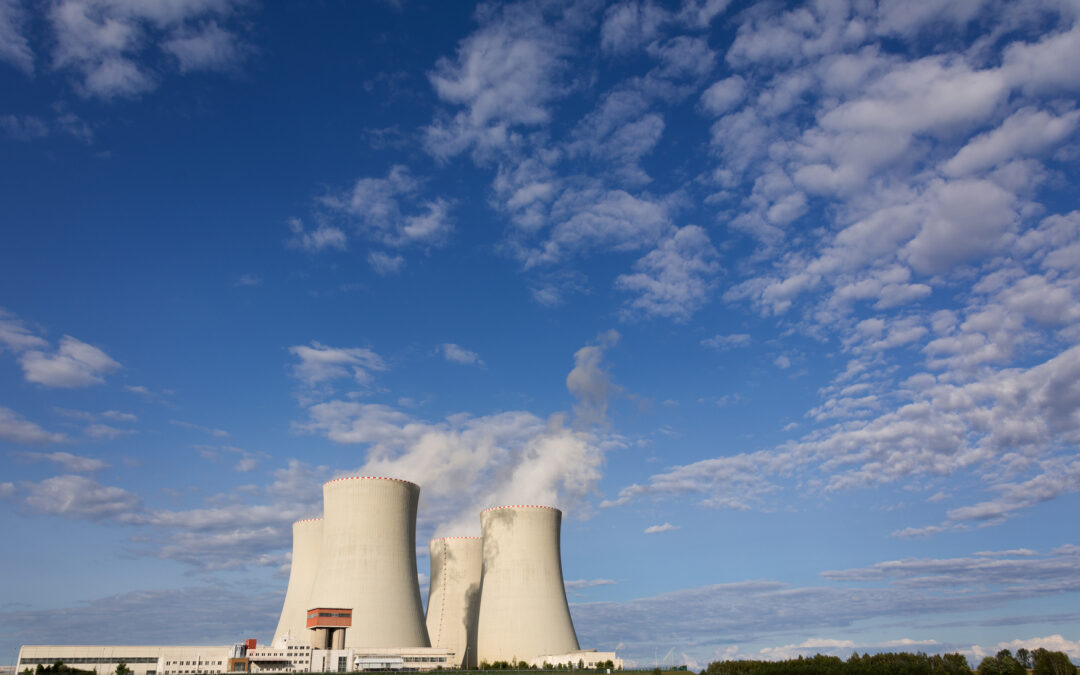Polish state-owned mining giant KGHM has signed an agreement with NuScale, a US-based developer of nuclear reactors, for the creation of what could be Poland’s first nuclear power plant.
“We are pioneers in Poland, as we expect that the first of our nuclear power plants will come online in 2029,” said Marcin Chludziński, KGHM’s CEO.
The government’s separate nuclear energy plan foresees its first reactor beginning to operate in 2033. A recently signed deal between two of Poland’s richest men is intended to have a reactor online in 2027, though experts have suggested 2030 as a more realistic date, reports Dziennik Gazeta Prawna.
Today’s memorandum of understanding is an agreement to “explore” the deployment of NuScale’s small modular reactor (SMR) technology as a means of repurposing existing coal-fired plants used by KGHM – which is one of the world’s largest copper producers – in its industrial processes.
“We are already feeling the impact…[of] increases in energy prices,” said Chludziński today. “SMR technology will not only help us to protect the environment but will also substantially reduce the costs of operating our business.”
Poland’s reliance on coal – which accounts for 70% of electricity production, the highest level in the EU – and the rising prices of resultant emissions led the country to have the bloc’s fastest-growing electricity prices last year.
Polish state energy giant PGE has called for an end to controls on electricity prices to help utilities bear additional costs linked to EU climate targets.
Prices grew faster in Poland than in any other EU country last year, and further rises are expected https://t.co/qnPCcMGrsz
— Notes from Poland 🇵🇱 (@notesfrompoland) August 23, 2021
“The retirement of ageing coal-fired power plants is leading to changes in power generation, infrastructure needs, and workforce opportunity,” said John Hopkins, head of NuScale, who participated in an energy conference in Warsaw today.
His company’s technology would allow for the retention and retraining of a “skilled power plant workforce already in place in these Polish communities”, he added.
“This is a historic moment,” wrote Jacek Sasin, Poland’s minister for state assets. He hailed the fact that a “national champion” was “the first to invest in the development of nuclear energy” and that the nuclear installation in Poland would be “the largest of its kind in the world”.
For more on Poland's nuclear plans, see our report from earlier this year https://t.co/kAC6HCFjae
— Notes from Poland 🇵🇱 (@notesfrompoland) September 23, 2021
However, SMRs have not yet been commercialised. Of all companies in the world currently seeking to develop the reactors, which are based on technology from submarines, NuScale is currently the most advanced in terms of licensing.
The company’s plan for a 77MW SMR unit last year became the only one so far to have received design approval from the US Nuclear Regulatory Commission.
Earlier this month, Polish chemicals company Synthos – owned by Poland’s richest man, Michał Sołowow – also announced plans to create nuclear SMRs at a coal-fired power plant complex owned by Zygmunt Solorz, another Polish billionaire. They aim to have a total capacity of between 1,200 and 1,800 MW by 2030.
Synthos in 2018 signed a deal with US-based GE Hitachi Nuclear Energy (GEH) giving it exclusivity in terms of developing SMR technology with the company – which is a rival to NuScale – in Poland.
Poland’s government has also been looking for ways to wean the country off coal, which it hopes will account for less than 60% of electricity generation by 2030 and potentially as little as 11% by 2040.
Part of that process has been the development of a state nuclear energy plan, according to which the first reactor is due to go online by 2033, with five more to follow by 2043. The government will need to make a final call on international partners by the end of next year.
The climate ministry last year outlined that the aim is to have a total installed nuclear capacity of 6 to 9 GW, at an estimated cost of 80 billion zloty (€17 billion). But some experts fear that the proposed timeline is overly optimistic
Main image credit:

Maria Wilczek is deputy editor of Notes from Poland. She is a regular writer for The Times, The Economist and Al Jazeera English, and has also featured in Foreign Policy, Politico Europe, The Spectator and Gazeta Wyborcza.




















